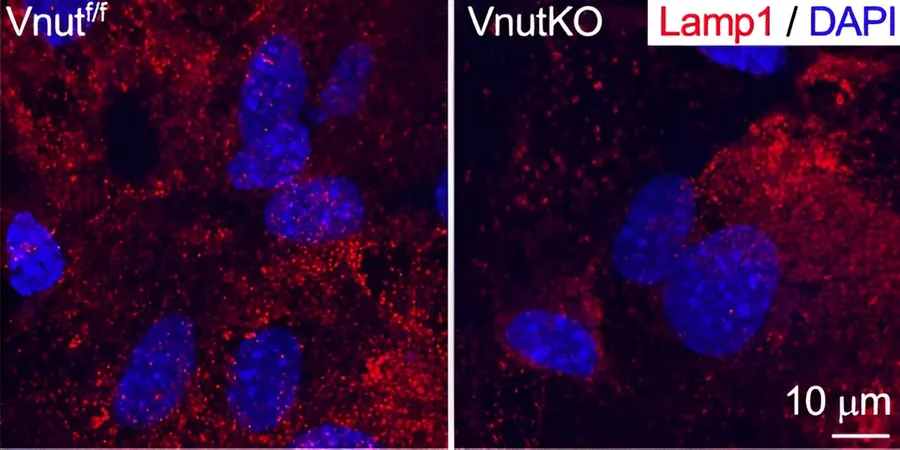
Essential Access to Food and Transportation for Children with Sickle Cell Disease: Revelations from a Pivotal Study
2024-10-10
Author: Nur
Introduction
Recent findings reveal that preschool-aged children suffering from sickle cell disease (SCD) living in food deserts—regions characterized by a scarcity of healthy food options—and lacking reliable transportation are significantly more vulnerable to health complications. This alarming conclusion was presented in a groundbreaking study led by Dr. Jason Hodges at the prestigious St. Jude Children's Research Hospital and published in Blood Advances, a journal of the American Society of Hematology.
The Impact of Social Determinants of Health
Dr. Hodges emphasized, "Even with the medical care provided, we face substantial challenges addressing community barriers that these families encounter." The study underscores the critical role of social determinants of health (SDoH) in influencing patient outcomes. SDoH encompasses a range of factors including one’s environment where they are born, raised, live, work, and age, which significantly affect health and well-being.
Food Deserts and Health Complications
The ramifications of living in a food desert became starkly evident through the research. The study showcased a troubling statistic: children residing more than a mile from a supermarket have a staggering 44% increased likelihood of hospitalization and a 37% increased risk of requiring urgent medical care. This study analyzed a cohort of 435 African American children under the age of six receiving treatment at St. Jude, many of whom had the more severe manifestations of sickle cell disease.
Parental Education as a Protective Factor
Interestingly, the data also revealed a direct correlation between parental education levels and children's health outcomes. Children with parents holding at least a bachelor’s degree were 33% less likely to be hospitalized or seek urgent care, illustrating how educational achievements can serve as a protective factor against health disparities.
Call to Action for Public Policy Initiatives
The researchers strongly advocate for using insights drawn from this study to guide public policy initiatives aimed at providing more resources to underserved communities. Their conclusions illuminate a truth we can’t ignore: superior medical therapy and support are futile if the underlying socioeconomic issues remain unaddressed.
The Need for Comprehensive Approaches
"The implications of this study extend beyond individual health care," asserted Hamda Khan, the study's first author, "Comprehensive approaches considering neighborhood health factors are vital for effectively distributing resources and mitigating health inequities."
Future Research Directions
The study also sparkles a call to action for more extensive research regarding additional factors that could impact the health of children with SCD, like household dynamics and environmental hazards. As the conversation continues, it is clear that understanding and addressing these social and environmental determinants are key in devising meaningful interventions for children grappling with chronic illnesses.
Conclusion
As supporters and advocates rally around this urgent conversation, the findings emphasize an essential truth: to truly care for young patients with sickle cell disease, we must first ensure that their environmental and social needs are not overlooked. Without tackling these deep-rooted issues, comprehensive care will forever remain an elusive goal.





 Brasil (PT)
Brasil (PT)
 Canada (EN)
Canada (EN)
 Chile (ES)
Chile (ES)
 España (ES)
España (ES)
 France (FR)
France (FR)
 Hong Kong (EN)
Hong Kong (EN)
 Italia (IT)
Italia (IT)
 日本 (JA)
日本 (JA)
 Magyarország (HU)
Magyarország (HU)
 Norge (NO)
Norge (NO)
 Polska (PL)
Polska (PL)
 Schweiz (DE)
Schweiz (DE)
 Singapore (EN)
Singapore (EN)
 Sverige (SV)
Sverige (SV)
 Suomi (FI)
Suomi (FI)
 Türkiye (TR)
Türkiye (TR)